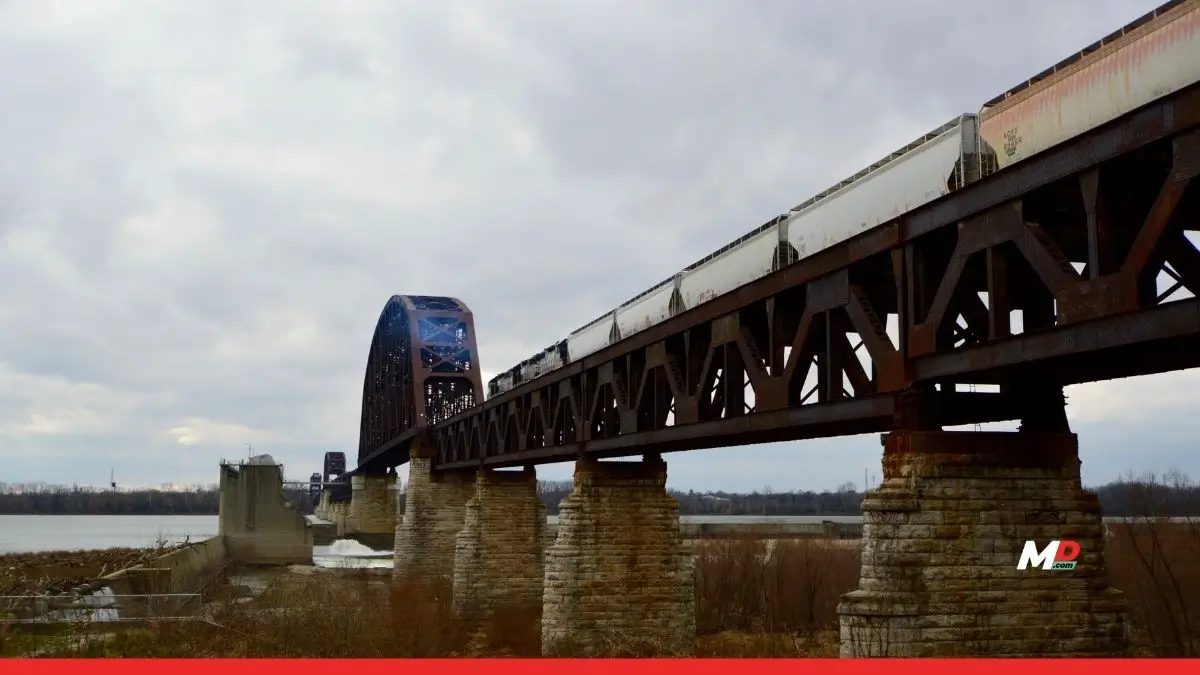Politics
Where Have All the Promised Smart Cities Gone?
Published
8 months agoon
By
Ann Uruvath
A decade after its ambitious launch and five years behind schedule, India’s Smart Cities Mission is drawing to a close, leaving behind a trail of unfinished projects, unfulfilled promises, and lingering questions.
The Grand Vision
In May 2014, just a month after taking office as Prime Minister, Narendra Modi declared his vision for modern India: 100 high-tech smart cities equipped with cutting-edge communication infrastructure.
“Cities in the past were built on riverbanks,” Modi proclaimed. “They are now built along highways. But in the future, they will be built based on the availability of optical fiber networks and next-generation infrastructure.”
The government pledged an initial investment of $1.2 billion, with additional funding expected from private and foreign investors. In his budget speech, Finance Minister Arun Jaitley detailed plans for these new cities, many of which were to be satellite towns around existing urban centers. Incentives were rolled out to attract foreign investment, and soon, global players expressed interest.
Countries like the US, France, China, and Singapore lined up with investment proposals, while institutions such as the World Bank and the Asian Development Bank pledged support. Leading consultancy firms like McKinsey, PricewaterhouseCoopers, and Bosch were brought on board. The mission promised massive business opportunities, from broadband infrastructure to integrated smart solutions.
The Decline of the Dream
Despite the initial enthusiasm, cracks began to appear. Private investors who had shown keen interest failed to follow through with actual investments. The financial burden increasingly fell on the government, raising concerns about sustainability. Rumors circulated that then-Finance Minister Arun Jaitley had convinced Modi that the project was financially impractical, technologically unsustainable, and politically risky.
Critics argued that the rapid evolution of technology meant that today’s smart solutions could become obsolete within years, necessitating continuous updates. There were also concerns that the mission would be perceived as elitist and disconnected from the needs of the poor, many of whom still lacked basic housing and infrastructure.
Faced with these challenges, the government recalibrated its approach. Instead of building entirely new smart cities, the mission shifted to upgrading and retrofitting existing urban areas, improving access to housing, clean water, transportation, and power. This transition led to the formation of Special Purpose Vehicles (SPVs) to manage projects under a public-private partnership model.
Overlapping with Existing Schemes
In practice, the Smart Cities Mission ended up overlapping with older urban development schemes, such as Manmohan Singh’s Jawaharlal Nehru National Urban Renewal Mission (JNNURM), the Atal Mission for Rejuvenation and Urban Transformation (AMRUT), and the Pradhan Mantri Awas Yojana (PMAY-U).
Initially scheduled for completion by 2020, the mission saw multiple extensions due to implementation hurdles. Now, after years of delays, the government has set March 31, 2025, as the final deadline.
Unanswered Questions and Incomplete Projects
As the Smart Cities Mission winds down, several critical questions remain. Has the mission truly achieved its goals of providing core infrastructure, a clean environment, and smart solutions? If not, why is it being discontinued midstream? Will a revised version of the mission emerge in the future?
A major issue with the initiative was its lack of a clear definition. Unlike developed countries, where smart city projects focus on high-tech advancements, India still struggles with basic urban necessities. The government’s attempt to blend ambitious digitalization goals with fundamental infrastructure development resulted in a confusing mix of old and new policies.
Foreign media and analysts were skeptical from the start. In 2015, The Guardian predicted that the initiative would lead to ‘social apartheid,’ benefiting only the affluent while neglecting the urban poor. A study on the Aurangabad Smart City plan criticized the reliance on big consultancy firms that had little accountability. Another study on Shimla’s Smart City project highlighted inefficiencies and wasteful spending, such as Rs 2 crore being used on flowerpots.
Delayed and Abandoned Projects
With the mission’s official period ending, many projects remain incomplete. The government initially set a completion deadline for June 2023, later extended to June 2024, and then to March 2025. Now, there is speculation that another six-month extension may be granted.
Some of the major unfinished projects include the construction of a bridge over Buddha Nullah, originally scheduled for completion in September 2024 but now delayed beyond the March 2025 deadline. The bridge, declared unsafe in 2011, was fully closed in 2021, forcing commuters to take longer routes. The Smart UID Number Plates project faced delays after contractors withdrew, requiring fresh tenders. The all-weather swimming pool is expected to be completed by mid-April 2025, though significantly delayed. The basketball stadium project has seen such significant delays that a Rs 10 lakh penalty was imposed on the contractor. Meanwhile, the renovation of Rose Garden was initiated only last week.
The Aftermath
As the mission comes to an end, layoffs have begun within the SPVs, Integrated Command and Control Centers, and monitoring teams. In Uttar Pradesh, for instance, operations have been drastically downsized, retaining only the minimum staff required by law. The confusion surrounding incomplete projects further complicates the situation.
Despite an abundance of official reports and dashboards tracking the mission, critical gaps remain in transparency and accountability. While official studies largely align with the government narrative, independent assessments have been scarce, with foreign institutions providing the most critical evaluations.
Conclusion
The Smart Cities Mission, once hailed as a transformational initiative, has struggled with conceptual flaws, inconsistent execution, and shifting priorities. What began as a bold promise of building 100 new smart cities has instead ended up as a patchwork of urban renewal efforts, many of which remain unfinished.
As the deadline approaches, the fate of these projects remains uncertain. Whether the mission will be revived with more realistic planning or quietly abandoned remains to be seen. One thing is clear: India’s urban development challenges persist, and the grand vision of smart cities has yet to become a reality.
You may like
-


India’s Growth Engines Awarded: Most Preferred Workplaces 2025 Set New People-Centric Benchmarks
-


India’s Growth Engines Awarded: Most Preferred Workplaces 2025 Set New People-Centric Benchmarks
-


CBI books Anil Ambani’s son, RHFL in ₹228 Crore bank fraud case
-


Quick-Commerce Heading for Shakeout as Funding Model Fails, Warns Blinkit CEO
-


Venkatesh Iyer never looked at us during trials and I thought he was someone with a lot of attitude : Abhishek Nayar
-


Welspun One expands footprint with 46-acre Talegaon MIDC project; unveils ~INR 550 crore plan for a next-generation logistics park


